Greek mythology tells us what we call Easter Lilies were created from the breast milk of Hera, wife of Zeus. The story goes that Zeus had a son, Heracles, with a mortal woman. Hera agreed to breast feed Heracles in order that he become immortal like his father. Some of her milk was spilled in the heavens, creating the Milky Way, some fell to earth, creating the first lily. Later, Christians claimed that Easter Lilies first rose from the tears of Eve, shed on her banishment from Eden.
The first known picture of a lily appeared in Crete around 1580 BC and they have become a symbol of fertility for pagans and Christians. The Old Testament, New Testament and many other ancient books across the world mention the flower.
Lilies still represent purity and abundance in Greece, where brides wear crowns made of lilies and wheat. In China, the lily is called bǎi hé. The Chinese proverb Bǎinián hǎo hé means “happy union for one hundred years.” Therefore, the lily, or bǎi hé, is a symbol for a long-lasting and happy marriage. In Ireland, Easter Lilies commemorate the Easter Rising of 1916. This set in motion the events that led to the establishment of Eire.
In most cultures in history, the lily represents purity, chastity and virtue. However, the lily is a symbol of death in some civilizations. Sprinkled on the graves of innocent children, saints and martyrs, lilies can represent purity in passing.
Easter lilies (Lilium Longiflorum) adorn many churches at Easter, symbolising the resurrection of Christ. Some Christians believe that lilies emerged where drops of Christ’s blood fell as he hung on the cross. Christians also strongly associate the lily with the Virgin Mary as a symbol of her chastity and purity.
A contrast to the funky multi-coloured parrot that appeared in the Tannery Hoose Windae last time!
Happy Easter fae the Tannery Hoose Windae!

